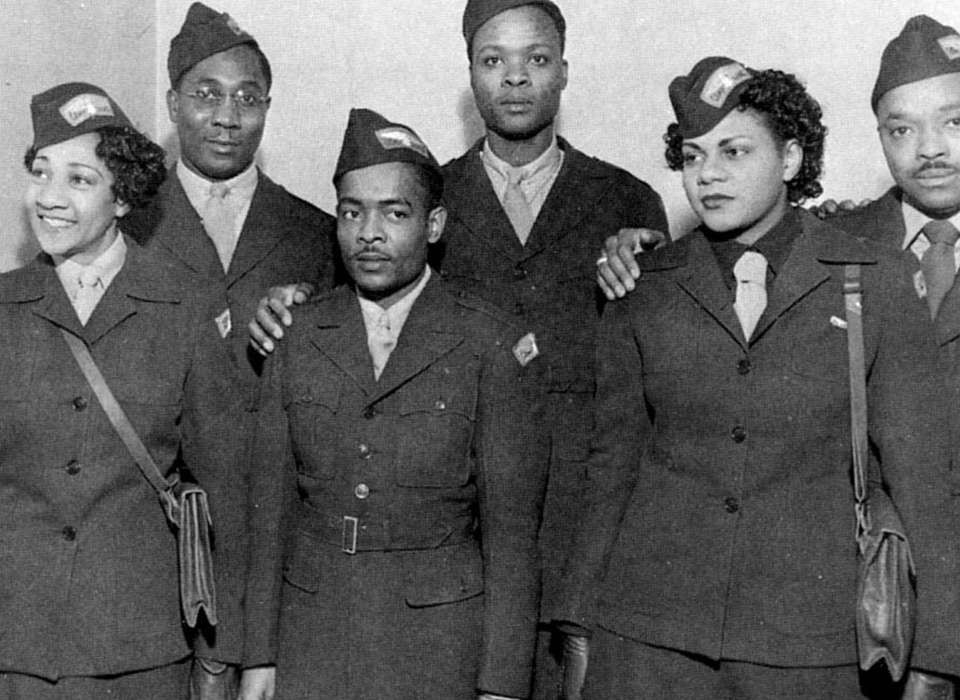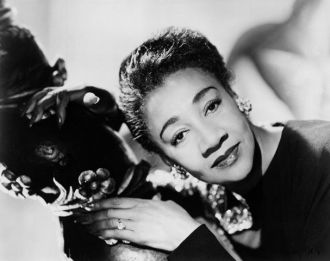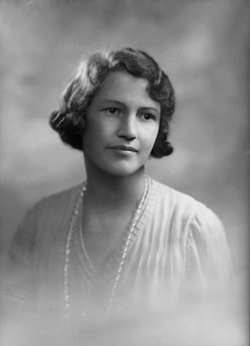Alberta Hunter also entertained the troops during WW II.
She is the cutie on the left!
Date & Place:
Not specified or unknown.


 Amanda S. Stevenson
Amanda S. Stevenson 



